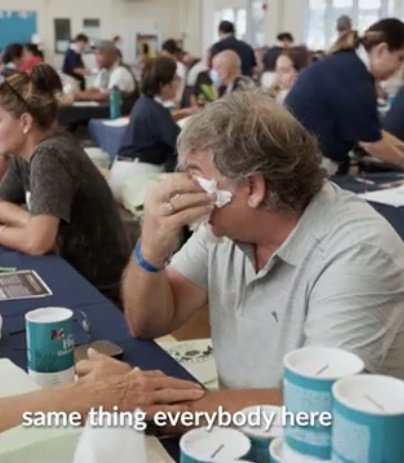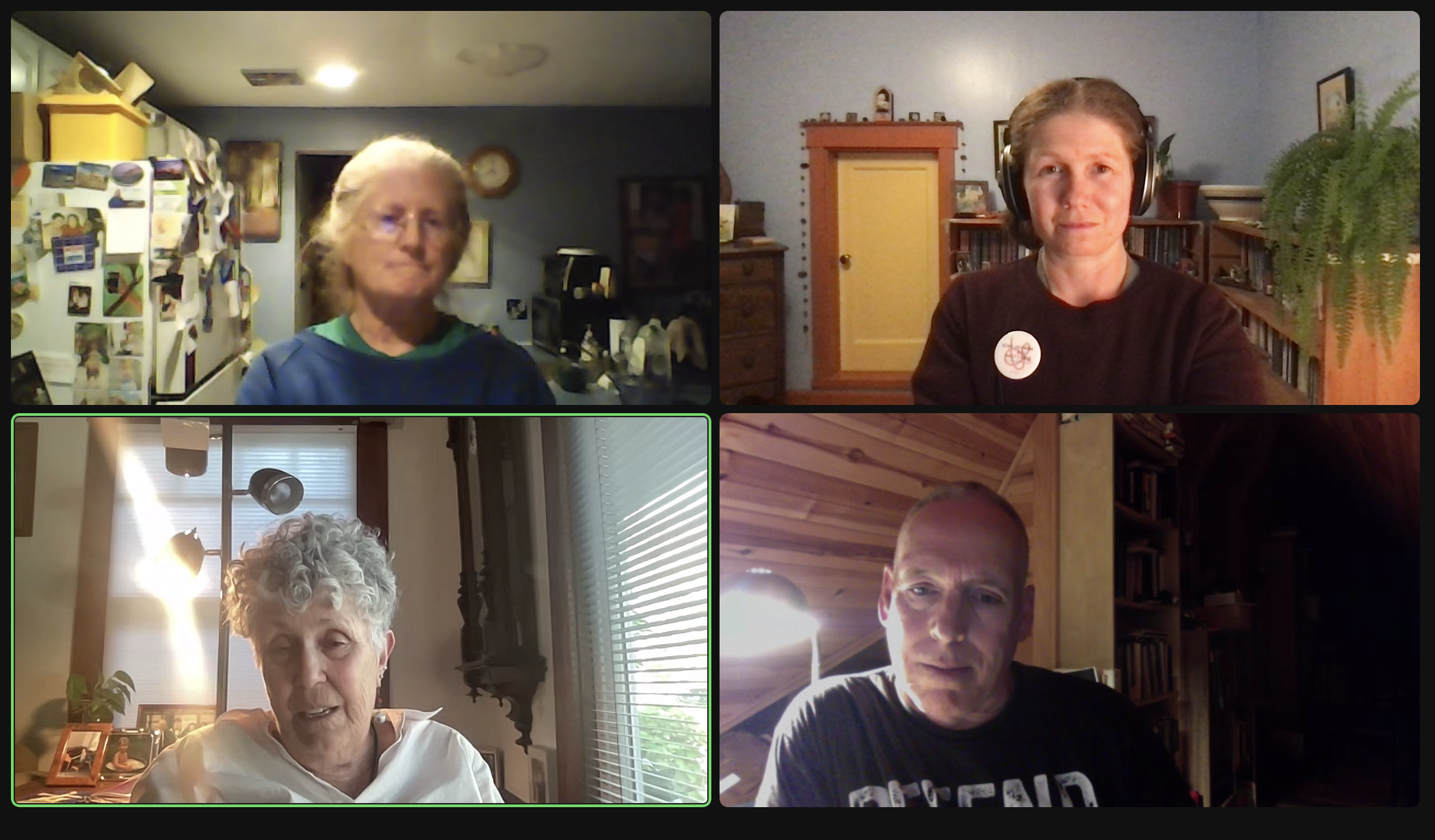Mutual Aid from Hawai'i to Maine and a Nonviolence Writing Teach-In
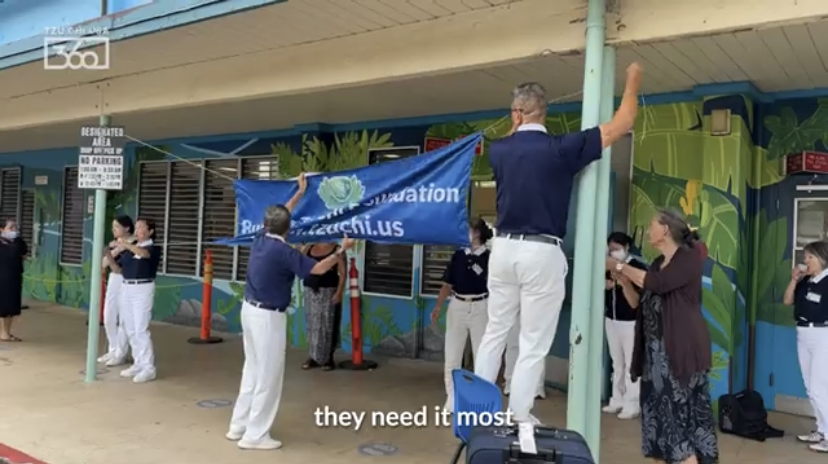
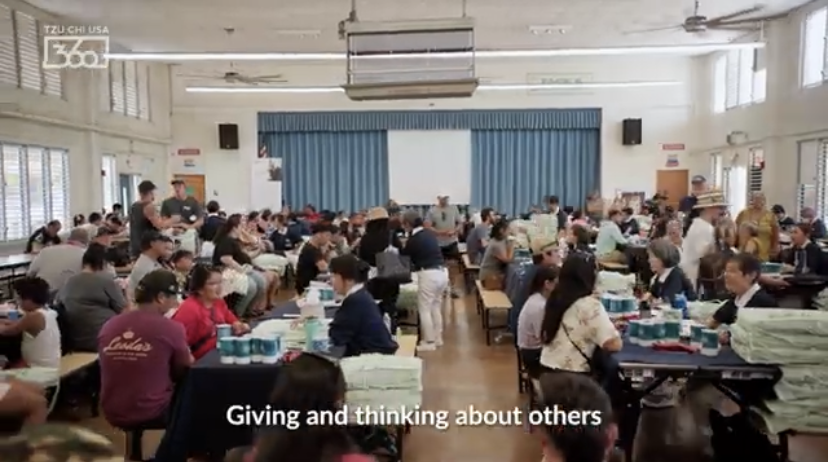

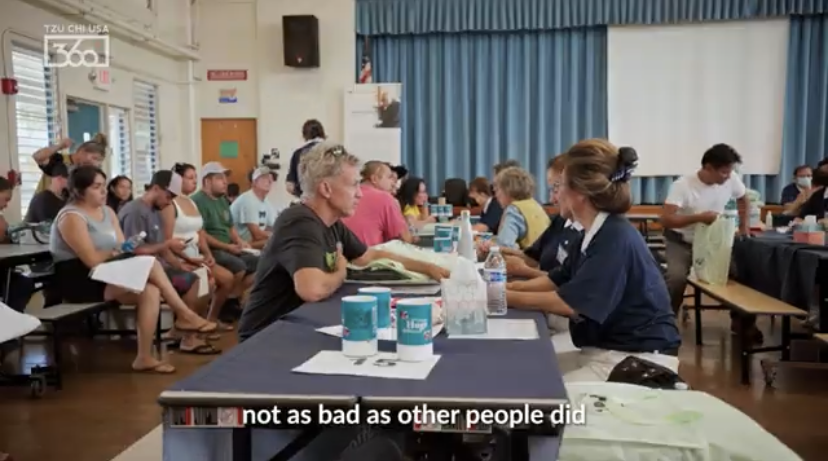
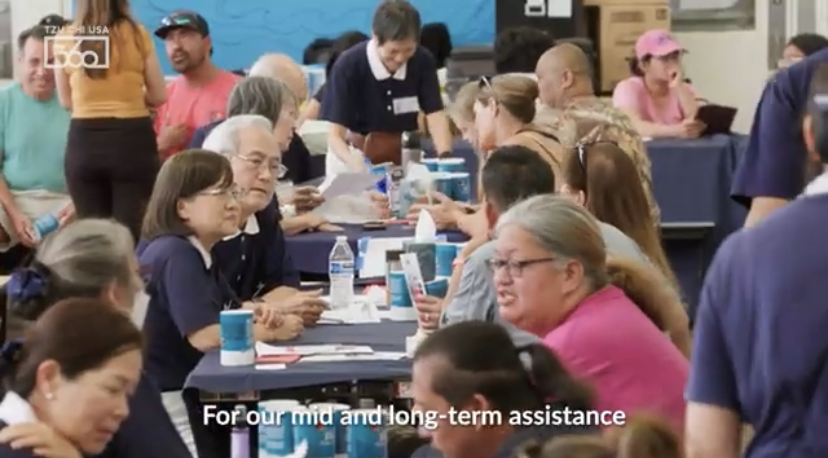
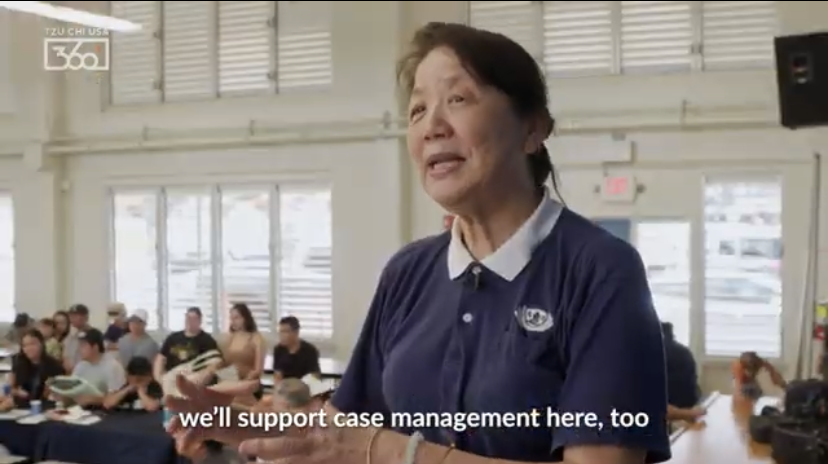
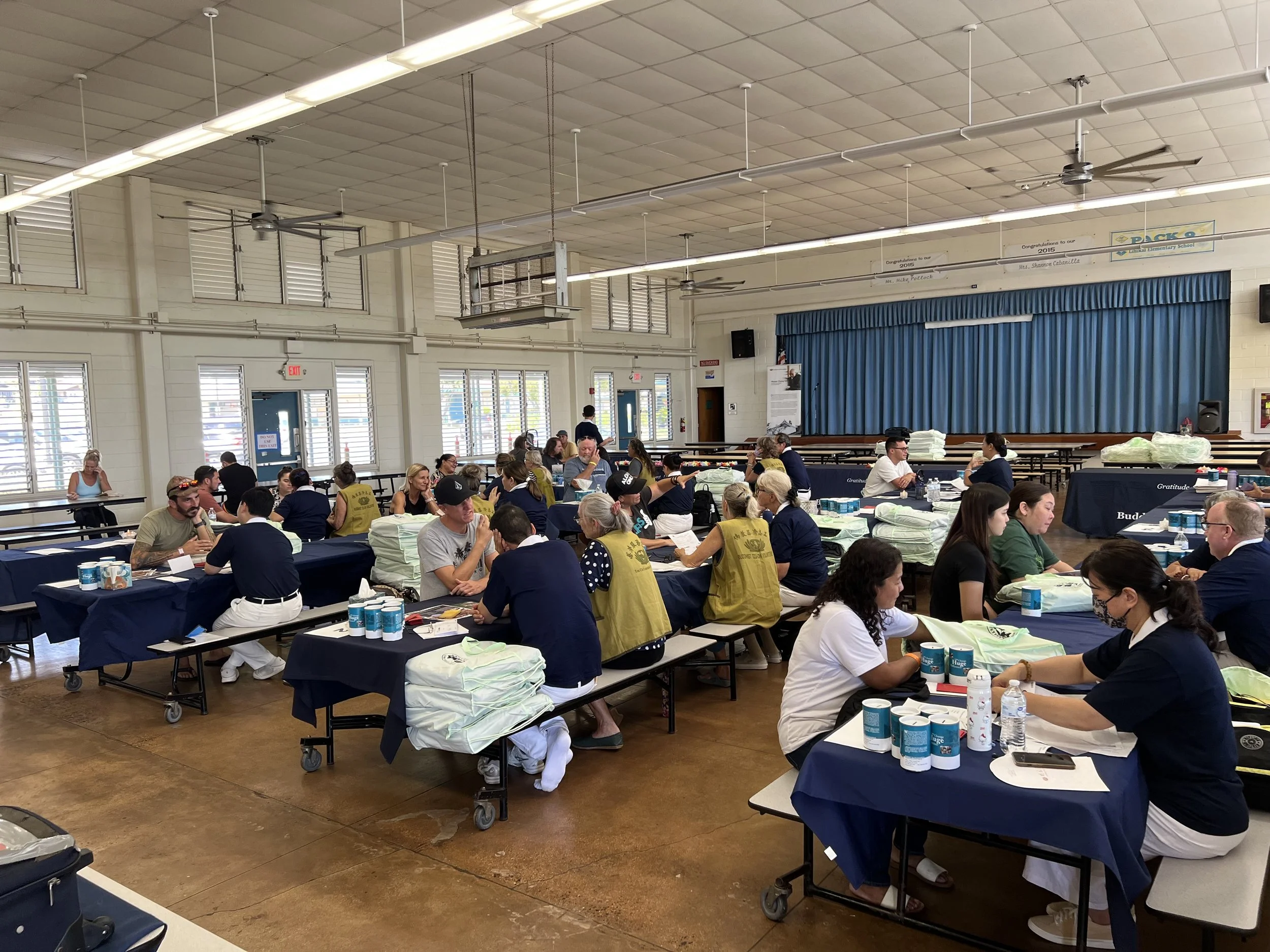
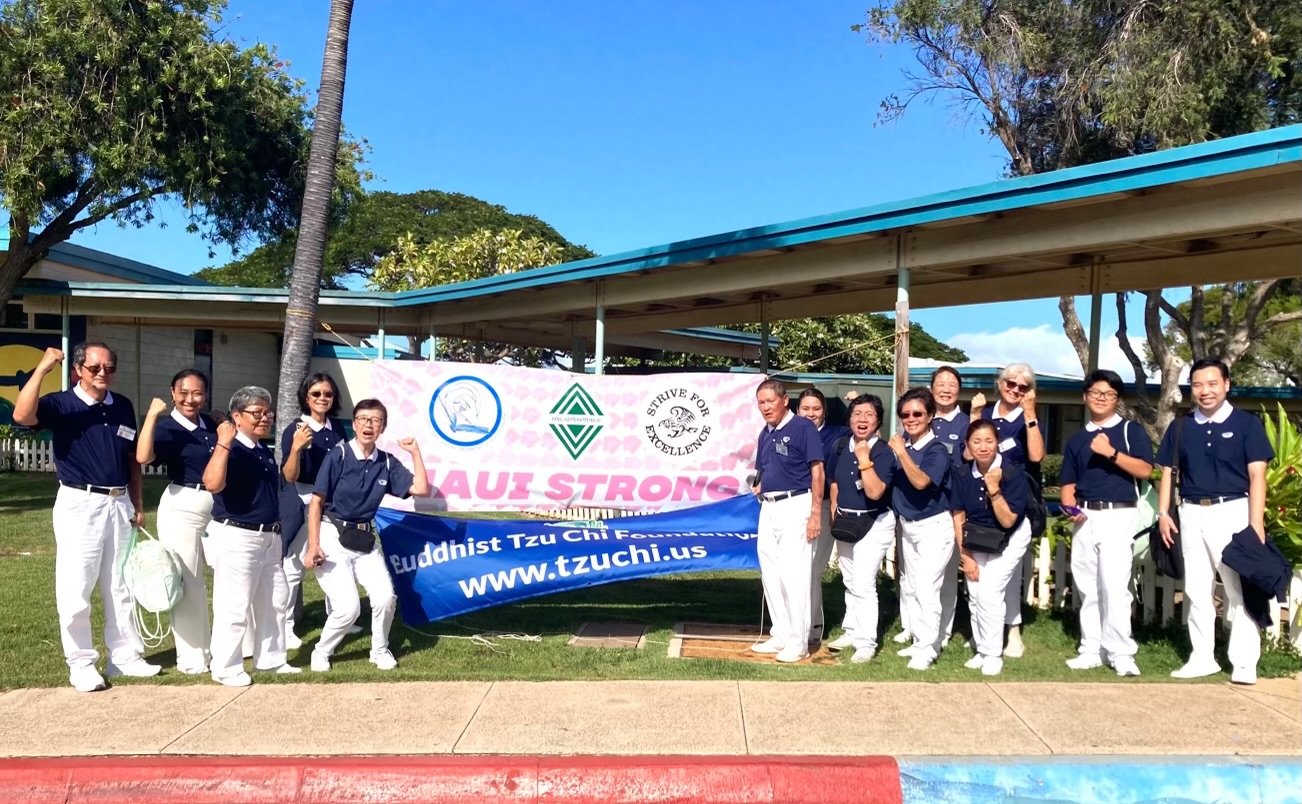
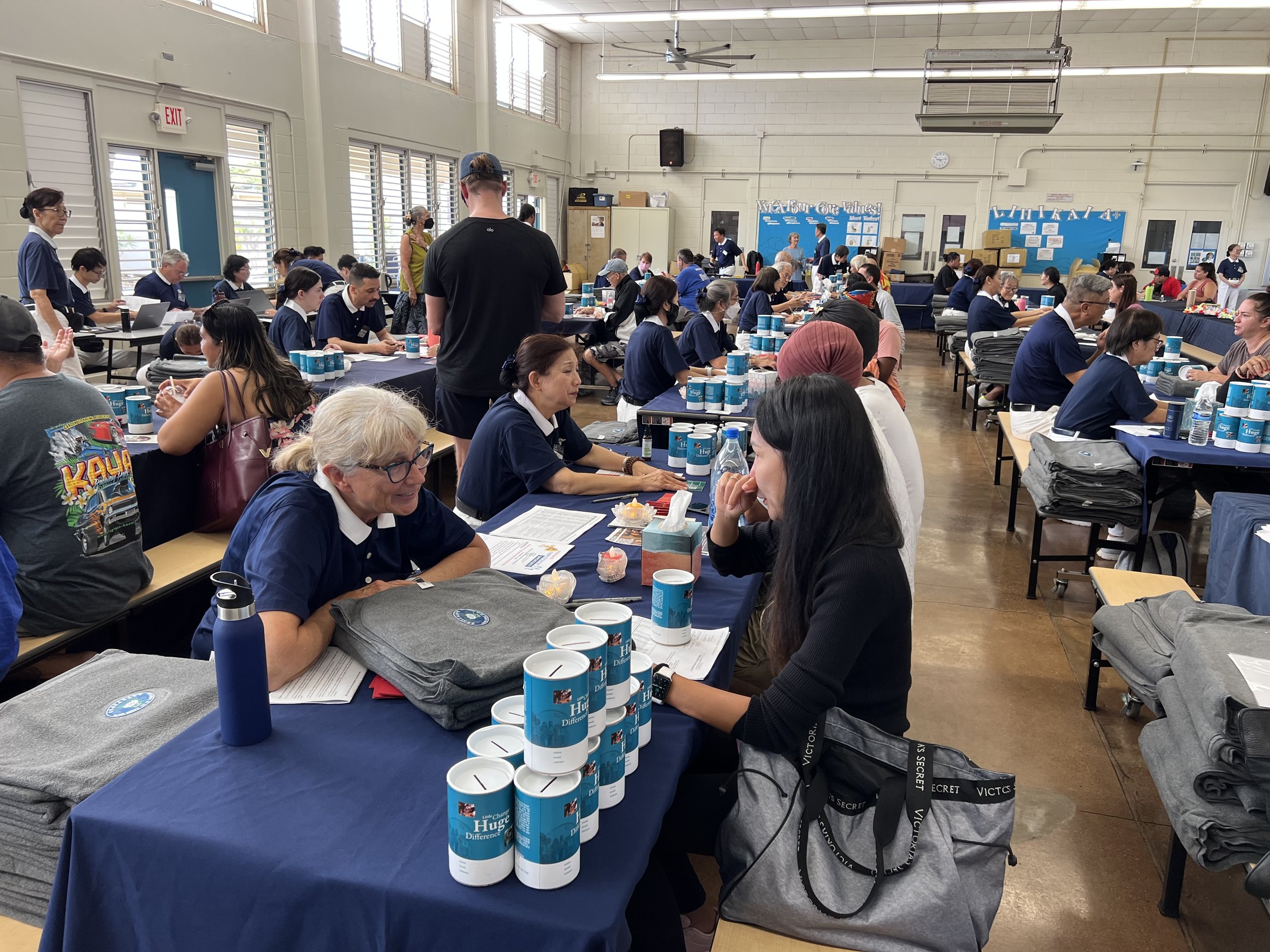
One of our specific calls to action for Campaign Nonviolence Action Days 2023 was acts of kindness and mutual aid. Tied to the mission of addressing poverty and helping those suffering from the effects of the climate emergency, this focus brings direct help to communities who need it. Many of the 5,059 actions that took place this year stepped up to this challenge in really beautiful ways. In this report we have two examples of mutual aid, and one story of the study and practice of nonviolence.
Barbara Leigh Cooney with the Tzu Chi Foundation in Maui, Hawai’i says they took action for mutual aid with Maui Relief Mission: Gratitude, Love, and Respect on 9/17, 9/24, and 10/1 for about 1000 people of all ages. She writes, “Tzu Chi Foundation collected two million dollars in disaster relief donations and distributed them via cash cards to those who suffered losses in the Maui wildfires. Tzu Chi was the first nonprofit to give out cash cards in this disaster, and they did so by recruiting and training volunteers to carry out this mission of caring. I was one of many privileged volunteers to be given this gift of giving. During interviews to assess their level of need, we listened to the victims’ heart wrenching stories of escape and loss, offering our empathy and compassion, as well as much needed financial assistance. It was a true connection of our islands’ ohana through a sharing of hearts!
I survived a natural disaster myself in the 1995 earthquake in Kobe, Japan when 6500 people perished. Traumatized by death, destruction, and continuing aftershocks, I am eternally grateful for those who walked many miles to bring aid. As a volunteer for Tzu Chi, I greatly appreciate this opportunity to ‘pay it forward,’ knowing that someday in the future the suffering people from Lahaina will also receive this gift of giving and be able to aid someone less fortunate. Giving is healing. Giving is nonviolence in action. Through heart connections of compassion & empathy, we support our ohana with gratitude, love, & respect. A culture of giving & caring begets a culture of nonviolence. Giving is nonviolence in action!”
You can see more from this event in the video below.
Rivera Sun of Madawaska & Grand Isle, ME shares about her Solidarity and Mutual Aid actions that reached about 25 people. She writes, “On Sept 23 & 28, Rivera Sun, Dariel Garner & Skylandia Organic Farm participated in Campaign Nonviolence's call for ‘Acts of Kindness & Mutual Aid’ by harvesting fresh produce and restocking the Little Free Pantry at the Madawaska Public Library. Around 30lbs of apples and carrots were distributed on Sept 23. A week later, we 'gleaned' potatoes left behind during the commercial potato harvest, collecting 50lbs of organic russets to distribute. Each time, the produce was swiftly taken home by community members. In addition, another 30lbs of carrots and apples were shared with community members and seniors in the local area. We estimate that between 25-50 people enjoyed the produce with their families.
Skylandia Organic Farm was established in 1994 and is located at the far northern tip of Maine, right on the Canadian border. We view growing and sharing food as an act of solidarity that helps everyday people find nourishment as they endure and resist the injustices in our world, including poverty and food insecurity. Gandhi called poverty, ‘the worst form of violence.’ In a season when food is plentiful, gathering and sharing it is a way to practice nonviolence.
Mutual aid solidarity has a long history, tracing its roots back to the early Labor Movement. By sharing resources (like food, money, etc.) in the spirit of solidarity, not charity, we provide for the essential needs of our fellow human beings. This is especially significant in the context of resistance and struggle, such as a labor strike or social movement, as it enables people and families to take risks in pursuit of justice. In any context, however, sharing food is an act of nonviolent resistance that has deep roots throughout the world. It is a way to take direct action to stop hunger and food insecurity. As an organic farm, our growing practices also encompass 'nonviolence toward the earth,' eliminating toxic chemicals, nitrates, and fertilizers that poison the water and land.”
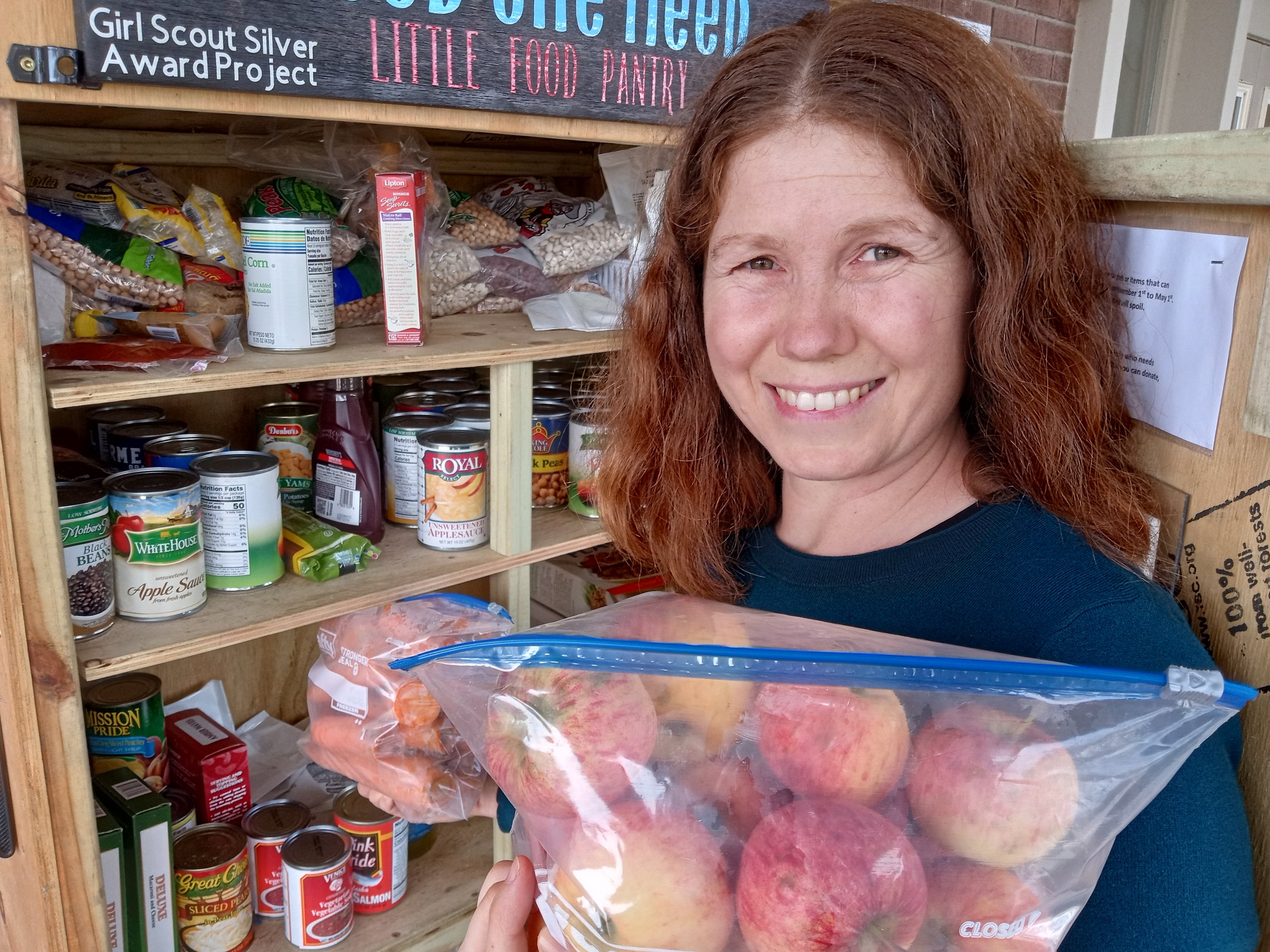
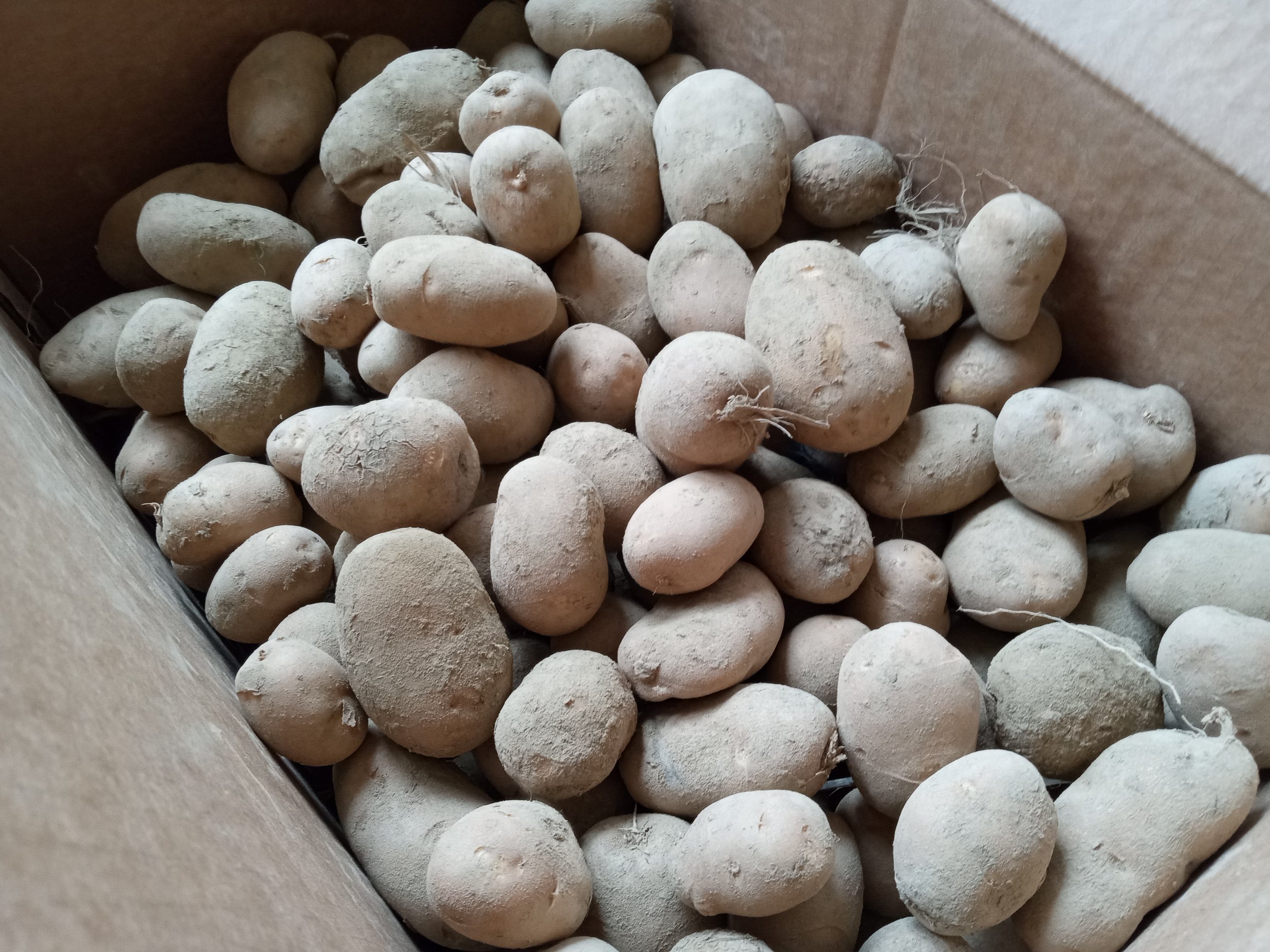
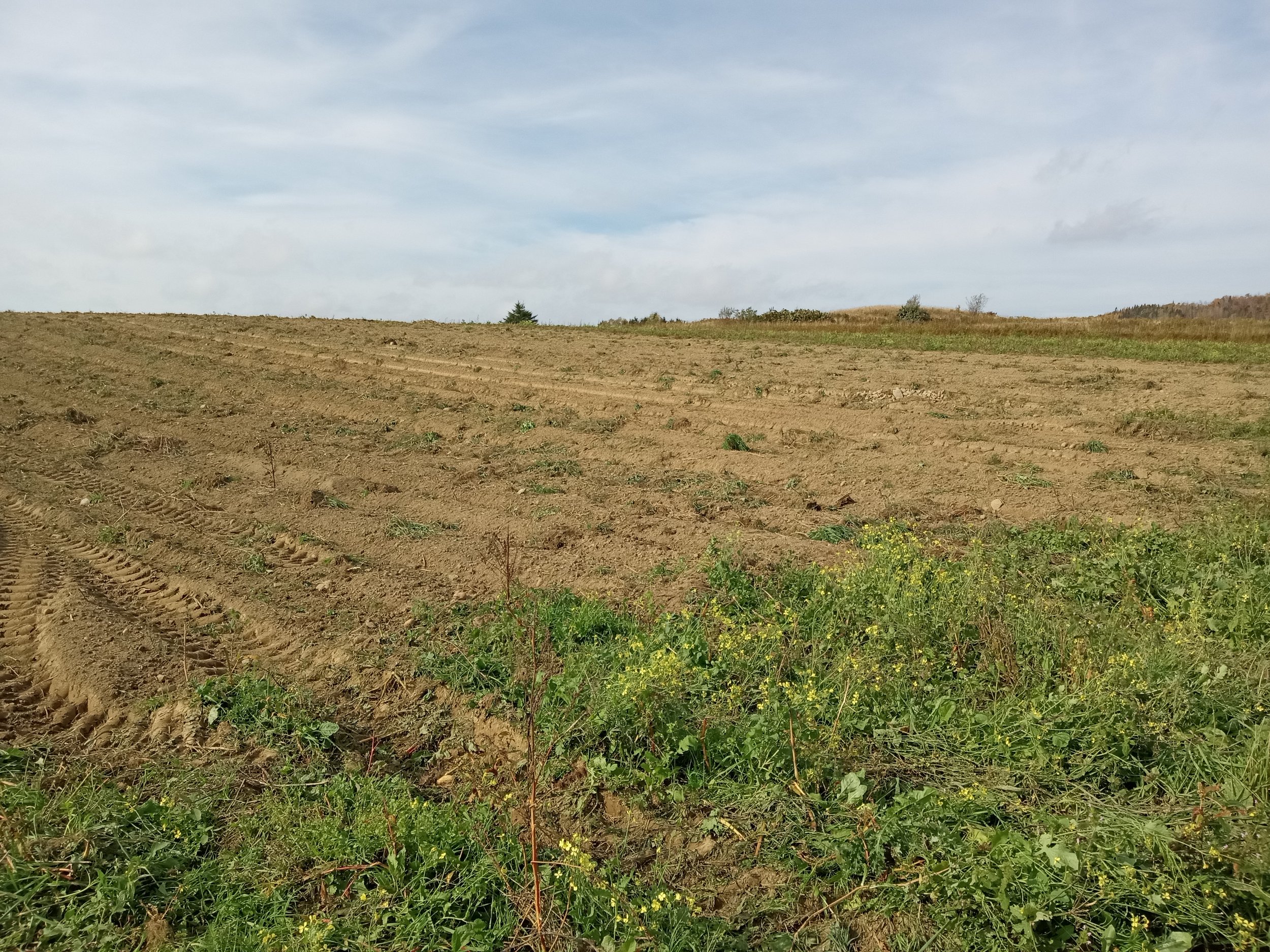
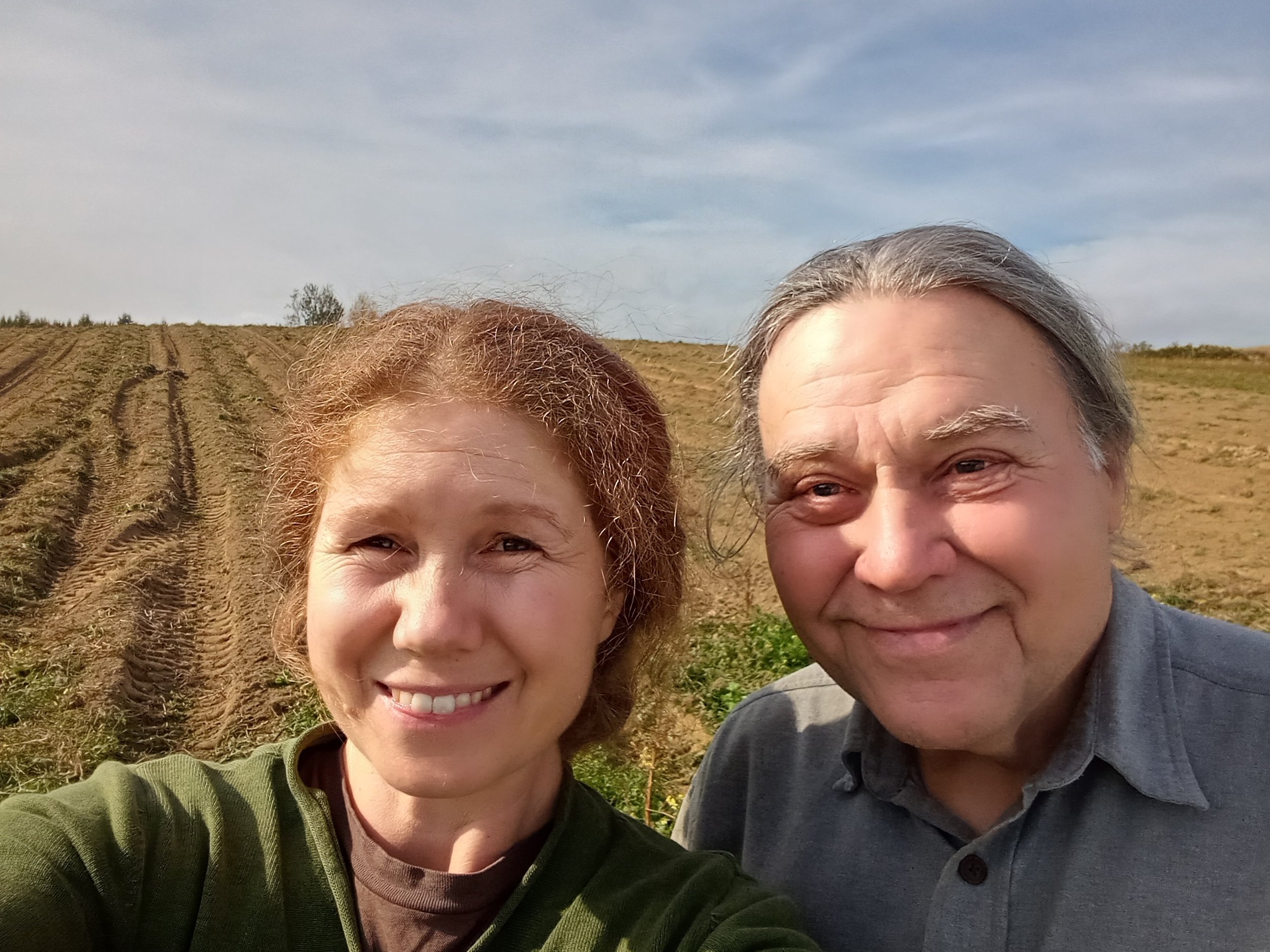
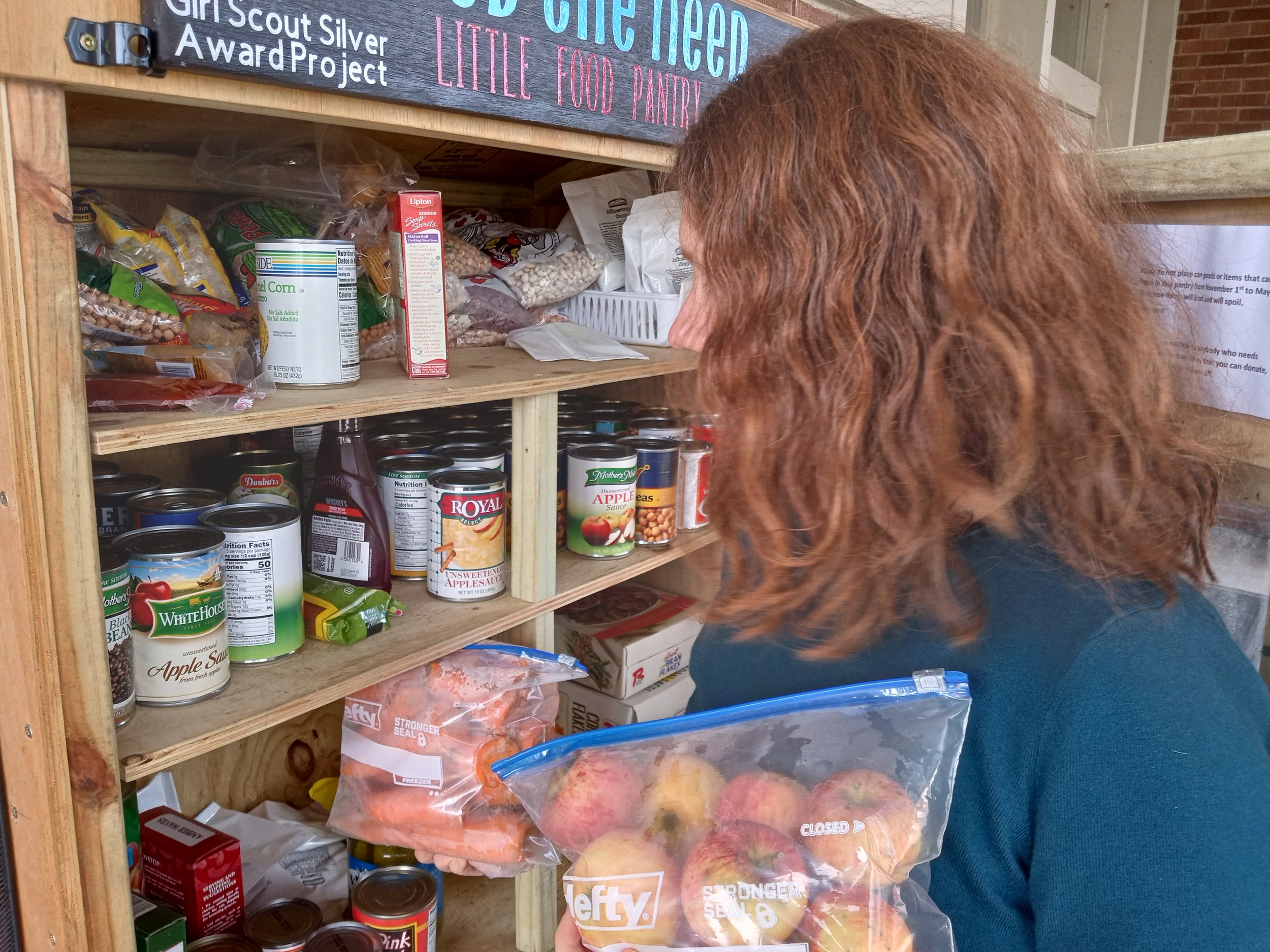
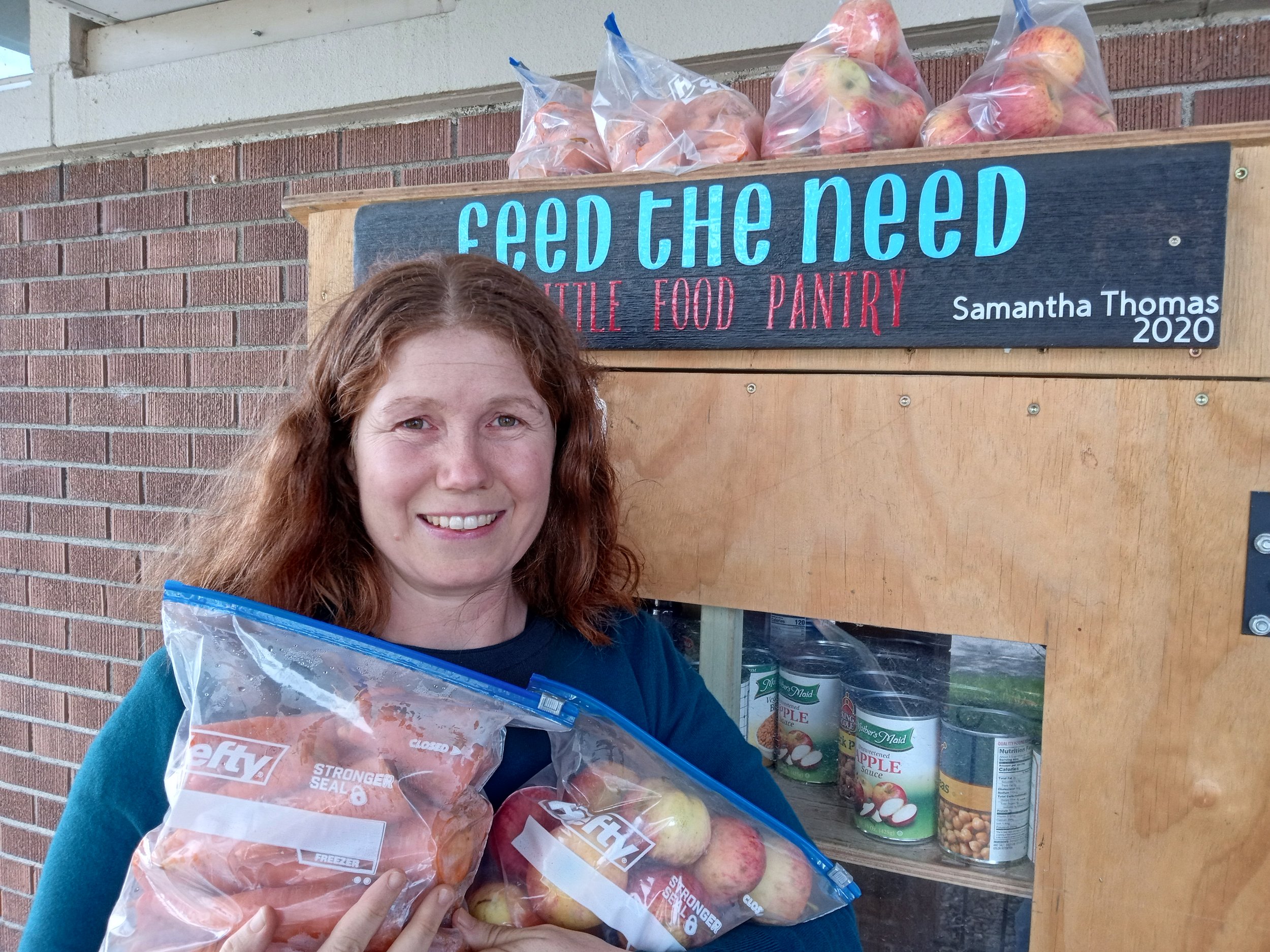
Rivera Sun also reports on the action taken by the Writing Nonviolence Affinity Group online: “Campaign Nonviolence's Writing Nonviolence Affinity Group held a special nonviolence teach-in on October 2nd, the International Day of Nonviolence. As a group, we presented short teach-ins on two themes: ‘My best writing tip for writing about nonviolence is …’ and ‘My favorite aspect/story/example/part of nonviolence is . . .’
As an opening quote, we shared this excerpt on Mahatma Gandhi (since it was his birthday) from Pam McAllister's book on nonviolence, You Can't Kill The Spirit. She wrote of an experience at the Gandhi statue: ‘As I looked again at (the Gandhi statue) in mid-stride, no longer flesh and blood, but stone, I thought about the real Gandhi. I remembered reading that he was sarcastic and witty, plagued by self-doubt and blessed with a flexibility that allowed him to change his mind. . . . Gandhi was as mortal and complicated as the rest of us.’
The first teach-in shared practices through which we could each strengthen our writing skills as we strive to write about nonviolence. Tips included carving out time and space for writing, being willing to wrestle with multiple truths and complex aspects of nonviolence, cultivating the mental discipline to maintain focus on a writing project over multiple writing sessions, and more.
The second teach-in on our favorite aspects of nonviolence traversed quotes and anecdotes, and delved into our personal struggles to practice nonviolence in the face of violence. Group members spoke about incidents of confronting extreme violence (such as war), and family histories of nonviolent resistance (such as conscientious resistance). We also explored interpersonal nonviolence and ways to navigate conflicts with family members, as well as shift our speech and communication in ways that facilitated conflict resolution.
Our hope is that this discussion and teach-in will deepen our ability to ‘write nonviolence’ with nuance and subtlety, as well as articulation and clarity. By sharing stories, discussing philosophy, and exploring the many dimensions of nonviolence, the Writing Nonviolence Affinity Group is striving to become better messengers and communicators around the practices, tools, and skills of this field. By writing about this topic well, we can help 'mainstream nonviolence' and make it part of our culture's language.”
CNV Writing Nonviolence Affinity Group, Online 2023

